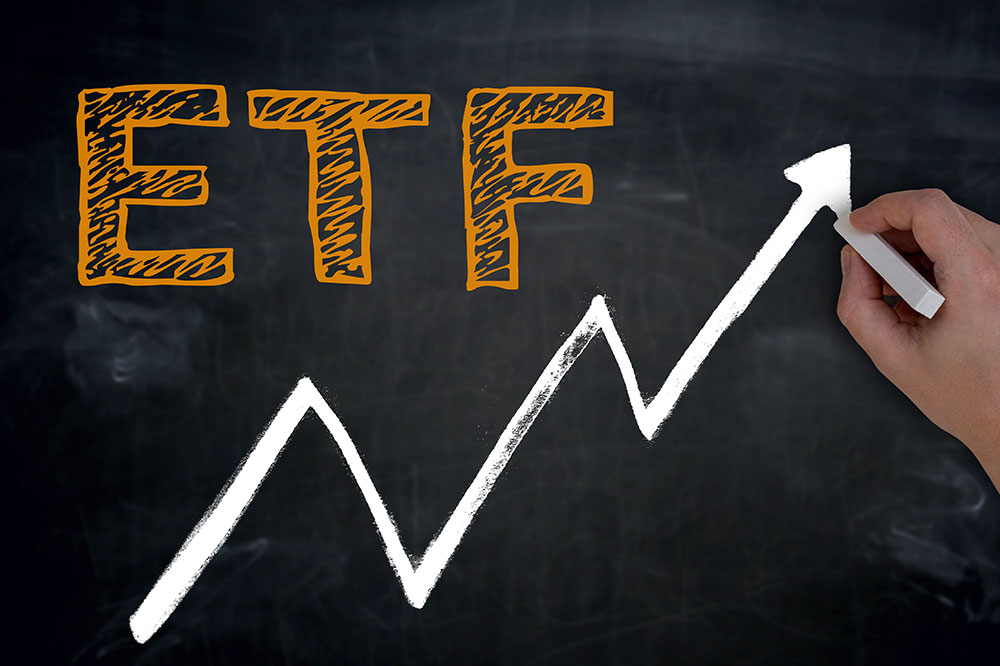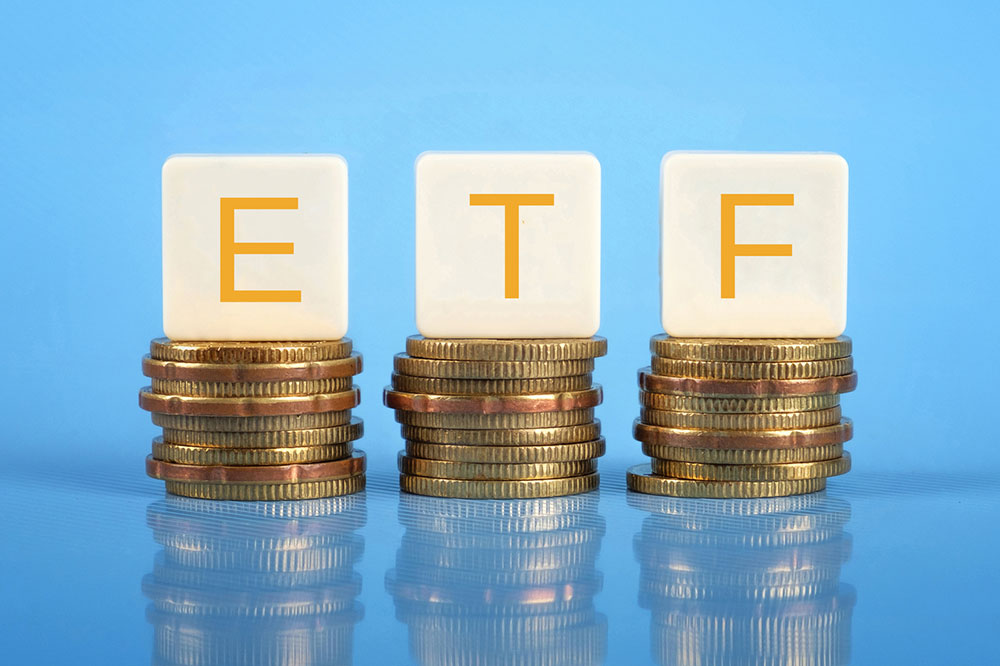A Guide to High-Yield Dividend ETF Investments
Explore the essentials of investing in high-yield dividend ETFs, including their structure, objectives, performance evaluation, yield calculations, and cost considerations. Ideal for investors seeking stable income and risk mitigation through diversified, blue-chip stocks.

Understanding High-Yield Dividend ETF Funds
Dividend-focused exchange-traded funds (ETFs) mainly invest in stocks known for consistent high dividend payments. These stocks can be from domestic or international companies across a range of sectors. Typically, such stocks belong to large, stable blue-chip corporations that carry lower investment risks.
How ETF Works
ETFs are collections of multiple stocks, similar to mutual funds, but are traded like individual stocks. They provide investors with diversified exposure while reducing risk, as they usually include large, established companies. Investing in a single stock involves the risk of price decline, but ETFs spread this risk across many holdings.
When considering investments in high-yield dividend ETFs, investors should assess four key factors:
Fund's Objective
Different dividend ETFs have varied strategies—some target companies with a history of increasing dividends, while others focus on firms offering the highest payouts. The fund’s goals are often indicated in its name, but thorough research into its investment strategy ensures alignment with personal objectives.
Performance History
Before investing, review the fund’s performance history, including returns over multiple periods such as 3, 5, or 10 years. Performance data is accessible on the fund’s website or through online trackers. Comparing different ETFs’ historical returns helps in making an informed choice.
Annual Yield Calculation
Investors can find the fund’s average annual payout in its prospectus or online. To calculate yield, divide the latest dividend by the fund’s net asset value (NAV) or share price. Comparing yields with benchmarks like the S&P 500 helps gauge if the ETF offers competitive income.
Pricing and Expense Ratio
The ETF’s price can be assessed by reviewing its expense ratio, which includes operational costs and is expressed as a percentage of assets. Lower expense ratios, typical of passive funds, can boost net returns. Investment costs influence the overall attractiveness of the ETF.
High-yield dividend ETFs are suitable for investors seeking steady income with lower risk or those balancing riskier portfolios. They are ideal for individuals aiming for regular cash flow while maintaining investment stability.
Note:
This content is compiled from various research sources, expert insights, and available data, but may vary with market and institutional updates. We advise consulting a financial professional before making any investment decisions, as market conditions change and information may become outdated.









